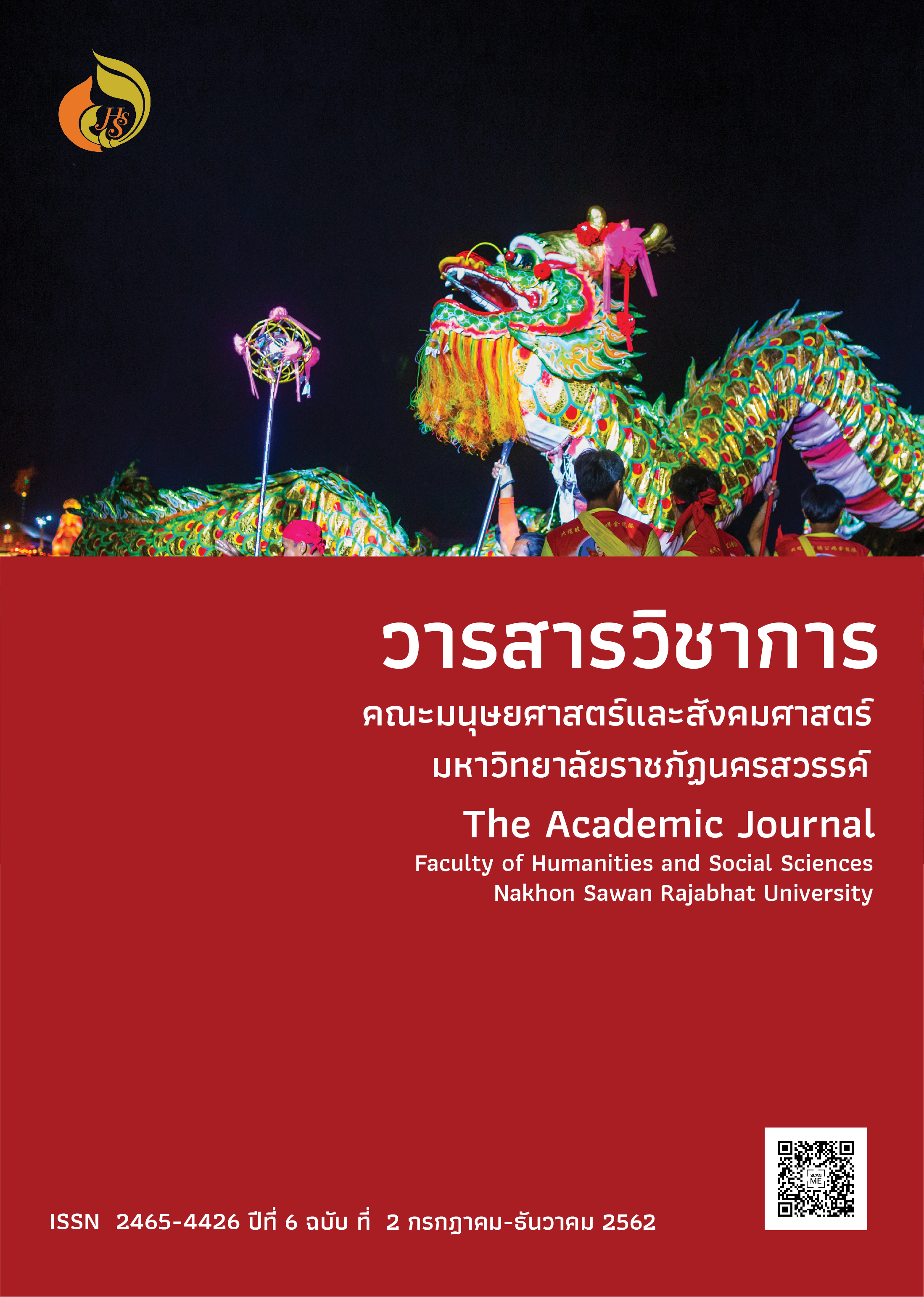Creative Conflict Management
Main Article Content
Abstract
A conflict is one of the natural elements in this world. Somehow a conflict might lead to creativity if there is a composition of good understanding and good management. However, if there are too many conflicts plus the lack of understanding, and the lack of good management, it might lead to violence and damages resulting from conflict problems such as problems concerning economics, society, cultures, as well as politics. There might be more or less conflicts depending on each individual, and each organization. As the matter of fact that conflicts can be both useful and useless, it is essential for us as human beings to have good understanding and good management. We need to understand that a conflict is a natural element that cannot be avoided as long as we are alive and stay together with others in one society.
Effects occurring after having some conflicts might be when individuals or groups do not obtain what they have desired for. Thus, this could result in having such behaviors in obstructing others to reach their expectations. One conflict might lead to having an argument, fighting, and brawling. As a result, both sides will not follow one another and try to do whatever against each other. Moreover, some conflicts can expand to be fighting, wars, taking possession, facing for violence, actions of not getting along, as well as having different interest leading to actions against each other. These different actions and thinking, and also the actions of trying to protect or force somethings in order to get something are considered to be obvious behaviors in either verbal or nonverbal form. There will be an outstanding action shown for obstructing and forcing in order to be harmful against the opposite side. Moreover, in case of conflict management, there will be different action taking depending on each situation. Anyone responsible with conflict management should apply appropriate strategies for the most benefits of both sides. If conflicts are managed appropriately for mutual benefits and problems are solved clearly, this kind of situation is considered to be a sustainable conflict management.
Article Details
References
ราชบัณฑิตยสภา, สำนักงาน. (2560). พจนานุกรมฉบับราชบัณฑิตสถาน พ.ศ. 2554. สืบค้น
12 กรกฎาคม พ.ศ.2560, จาก http://www.royin.go.th/dictionary/
Ajzen, I. (2005). Attitudes, personality and behavior. (2nd). Milton-Keynes, England: Open University Press / McGraw- Hill.
Barsky, A. E. (2000). Conflict Resolution for the Helping Professions. Belmont, CA: Brooks/Cole-Wadsworth.
Bear, J. B., Weingart, L. R., & Todorova, G. (2014). Gender and the emotional experience of relationship conflict: The differential effects of avoidant conflict management. Negotiation and Conflict Management Research, 7 : 213-231.
Chew, P.K. (2001). The Conflict & Culture Reader. New York: New York University Press.
Cloke, Kenneth.(2001). Mediating Dangerously: The Frontiers of Conflict Resolution.
San Francisco: Jossey-Bass.
Eadie, William F., and Paul E. Nelson. (2001). The Language of Conflict Resolution. Thousand Oaks: Sage.
Isenhart, Myra Warren, and Michael Spangle. (2000). Collaborative Approaches to Resolving Conflict. Thousand Oaks, California: Sage Publications.
Krackhardt, D., Lave, J., Arnold, R., Yealy, D., Salas, E. (2012). Measuring teamwork and conflict among Emergency Medical Technician personnel. Prehospital Emergency Care. 16 : 98-108.
Mayer, Bernie. (2004). Beyond Neutrality: Confronting the Crisis in Conflict Resolution. San Francisco: Jossey-Bass.
Miall,H., Ramsbothan, O.,& Woodhouse,T. (2011). Contemporary Conflict Resolution. Cambridge: Polity Press.
Pascale R. T. (1990). Managing on the edge: How the smartest companies use conflict to stay ahead. New York : Simon and Schuler.
Patterson, P.D., Weaver, M.D., Weaver, S., Rosen, M., Todorova, G., Weingart, L., Prietula, M. J., & Weingart, L. R. (2011). Negotiation offers and the search for agreement. Negotiation and Conflict Management Research. 4 : 77-109.
Rahim M. A. (2001). Managing conflict in organizations. London: Quorum Books.
Robbins, S.P., & Judge, T.A. (2007). Principles of organizational behavior. (13th ed).
New Jersey: Pearson Education.
Ross, M. H. (1993). The management of conflict: Interpretations and interests in comparative perspective. New Haven: Yale University Press.
Stenner, Karen. (2005). Conflict Avoidance and Political Participation. Cambridge: Cambridge University Press.
Stern, P.C., & Druckman, D. (eds.). (2000). International Conflict Resolution After the Cold War. Washington, DC : National Research Council.
Todorova, G., Bear, J., & Weingart, L. R. (2014). Can conflict be energizing? A study of task conflict, positive emotions, and job satisfaction. Journal of Applied Psychology. 99 : 451-467.
Walton & McKersie. (1965). A Behavioral Theory of Labor Negotiations: An Analysis of a SocialInteraction System. New York: ILR Press.
Weingart, L. R., Behfar, K., Bendersky, C., Todorova, G., & Jehn, K. A. (2015). The directness and oppositional intensity of conflict expression. Academy of Management Review. 40 : 235-262.


